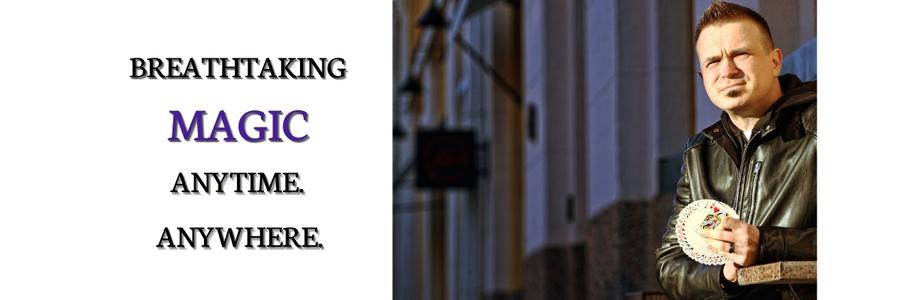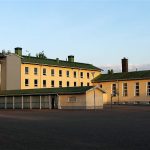You are reading an article from the archives. In recent years, we have gone through major updates. Minor quirks in layout are possible when perusing older articles.

Prime minister Juha Sipilä has offered keys to refugees for his house in Kempele. Picture: Tony Öhberg for Finland Today
Some die trying to cross the sea. Other refugees try to flee the terror and horror counting on humanitarian aid provided by European countries. However, that, how many asylum seekers each country accepts varies greatly, as the debate is a melting pot of politics, tolerance and the attitudes of citizens.
After weeks-long debate on how many refugees Finland should accept, the Finnish Immigration Service has provided a number: 15,000. The estimate is 10,000 higher than the previous estimates conducted last year, and is based on the amount of applications received this summer. The number is roughly 11 per cent of the total amount of about 137,000 refugees having fled to Europe during the first half of 2015 – an increase of about 83 per cent compared with the previous year.
But there seems to be nothing slowing down the flood of migrants in the biggest refugee crisis since the end of World War II, with some 60 million people displaced by conflict and poverty. The refugees are arriving among others from the conflict zones of Syria, Africa and Afghanistan, in an escape of violence and danger.
The journey of a refugee is extremely risky, as many try to flee across the Mediterranean Sea, which stands between the continents of northern Africa and southern Europe. The distance of the journey varies between 15-200 kilometres, depending where you try to cross it.
The area is a playground for ruthless smugglers who, with a promise of a better future in Europe, clam the migrants into decrepit boats and take them to a trip of unpredictable weather and sharks. More than 2,600 people have died this year trying to make the journey to the continent’s shores, turning the Mediterranean into the most dangerous border crossing in the world. Last week the pictures of a Syrian toddler, Aylan, washed ashore of the Turkish coast, became the symbol of the journey.
There are several reception centres established across Finland from Helsinki to Rovaniemi, each accomodating about 100-300 asylum seekers. The European Union is proposing to relocate additional 120,000 migrants across EU, who arrive in Greece, Italy and Hungary. The acceptance, however, is voluntary. Sadly, the option has already led some Finnish municipalities decline to accept refugees.
Prime minister Juha Sipilä (NCP) has taken the initiative and is leading by example: he offered his second home in Kempele (Northern Ostrobothnia) as a temporary residence for migrants. His house can accommodate about 20 people and is free to use after the turn of the year. “The idea was originally my wife’s. I don’t want money from the accommodation. Compassion and caring obligate one to take care of the others,” Sipilä said.
Sipilä and his family live in Sipoo (Uusimaa region) and are also occasionally enjoying the accommodation of the official residence of the prime minister, Kesäranta, located in Helsinki’s Meilahti area.

Petteri Orpo, the minister of the interior, is trying to figure out how and where to accommodate the thousands of migrants arriving to Finland in the upcoming months. Picture: Tony Öhberg for Finland Today
For now, the municipalities are encouraged to decide whether to accept refugees or not. However, that might change in the near future. By law, the Finnish Immigration Service can without the consent of the municipality establish a reception centre to a private residence anywhere in the country. “In practice, the Immigration Service is asking the opinion of the municipal decision-makers and is seeking a mutual understanding in the matter,” the Finnish Immigration Service said in a bulletin.
Currently, there is a need to establish three to four reception centres weekly. “Because the amounts are as large as this and the number seems to increase daily, at some point, we might be in a situation where there are not enough reception centres and we have to use the authority available to us. I, however, wish that we don’t have to go that far,” said Petteri Orpo (NCP), the minister of the interior.
Sources: The Finnish Immigration Service, HS, IS, TIME magazine












